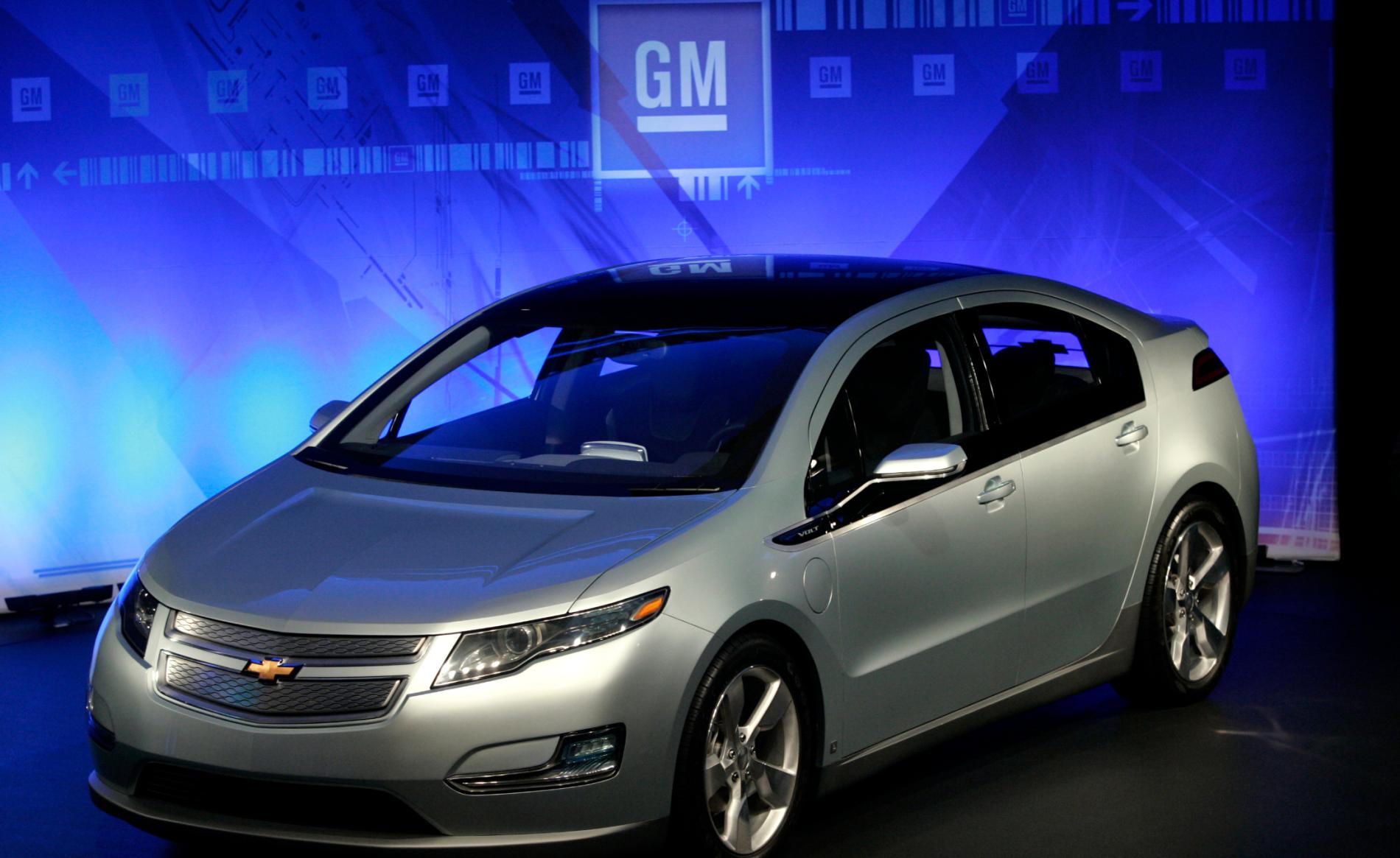Chevrolet kills the Volt as plug-in hybrids begin their farewell
Plug-in hybrid cars, originally designed to be the transition between conventional cars and their electric successors, are looking more like a dead-end in automotive evolution. Likely, they won’t be missed.


Plug-in hybrid cars, originally designed to be the transition between conventional cars and their electric successors, are looking more like a dead-end in automotive evolution. Likely, they won’t be missed.
The latest line in their epitaph was written by General Motors today (Nov. 26) when the automaker announced it was killing off its Chevrolet Volt, which arrived in 2011, along with five other models. The company is shuttering seven factories worldwide and shedding more than 14,000 salaried staff and factory jobs by the end of 2019 as the company retools for the future. “GM now intends to prioritize future vehicle investments in its next-generation battery-electric architectures,” GM Chairman and CEO Mary Barra said in a statement. The company will still build its popular all-electric Bolt sedan.
GM’s decision marks the latest transition in automobiles from combustion engines to electric. This quarter the sales of battery electric (BEV) and plug-in hybrid vehicles, which have tracked each other closely since 2014, finally diverged. The sales of battery electric cars soared 120%, outselling plug-in hybrids 3-to-1 in the third quarter, reports (paywall) Bloomberg New Energy Finance. BEV sales hit more than 77,000, thanks to Tesla’s red-hot Model 3, compared 29,000 plug-in hybrids, a 6% decline from a year earlier.
What happened? Plug-in hybrids tried to be everything to everyone. Electric drive and gasoline range? Check. Recharge at home, work or while driving? Covered. But they were always a compromise because they’re dragging around two drivetrains, rather than optimizing for one. As a result, they tended to have slightly higher prices (the Volt is $5,000 more than the all-electric Nissan Leaf) without the full high-octane performance or cachet of their all-electric cousins. While buyers claimed they want a hybrid option, just as they might pick a car with a sunroof, it seems many would rather plug-in, or fill up, but not both.
Before car companies committed to electric vehicles, almost all were waiting until batteries had improved, and buyers demanded electric vehicles (only 1.2% of US car sales were EVs last year). Well, batteries have improved and Tesla has proved you can make one of the most popular cars on the market powered only on batteries.
Since 2014, lithium-ion battery prices have fallen more than 50% while the median EV range now exceeds 100 miles, enough to cover the vast majority of drivers’ needs. After accounting for the reduced cost in fuel and maintenance, BEVs are winning over those who might have once favored the plug-in hybrid middle-ground (one analyst called them “training wheels” for the industry).
You can see this in the dozens of “compliance vehicles” (cars designed to meet minimum emission standards) now languishing in the category. Tiny batteries in conventional cars led to models such as the Audi A3 (16-mile electric range), Mercedez Benz C350e (10-mile electric range).
But the message seems to have gotten through. Mercedes Benz, for example, announced its $11 billion investment in electric cars. Most of the money will go into its Generation EQ line of all-electrics with a range of 310 miles or more.